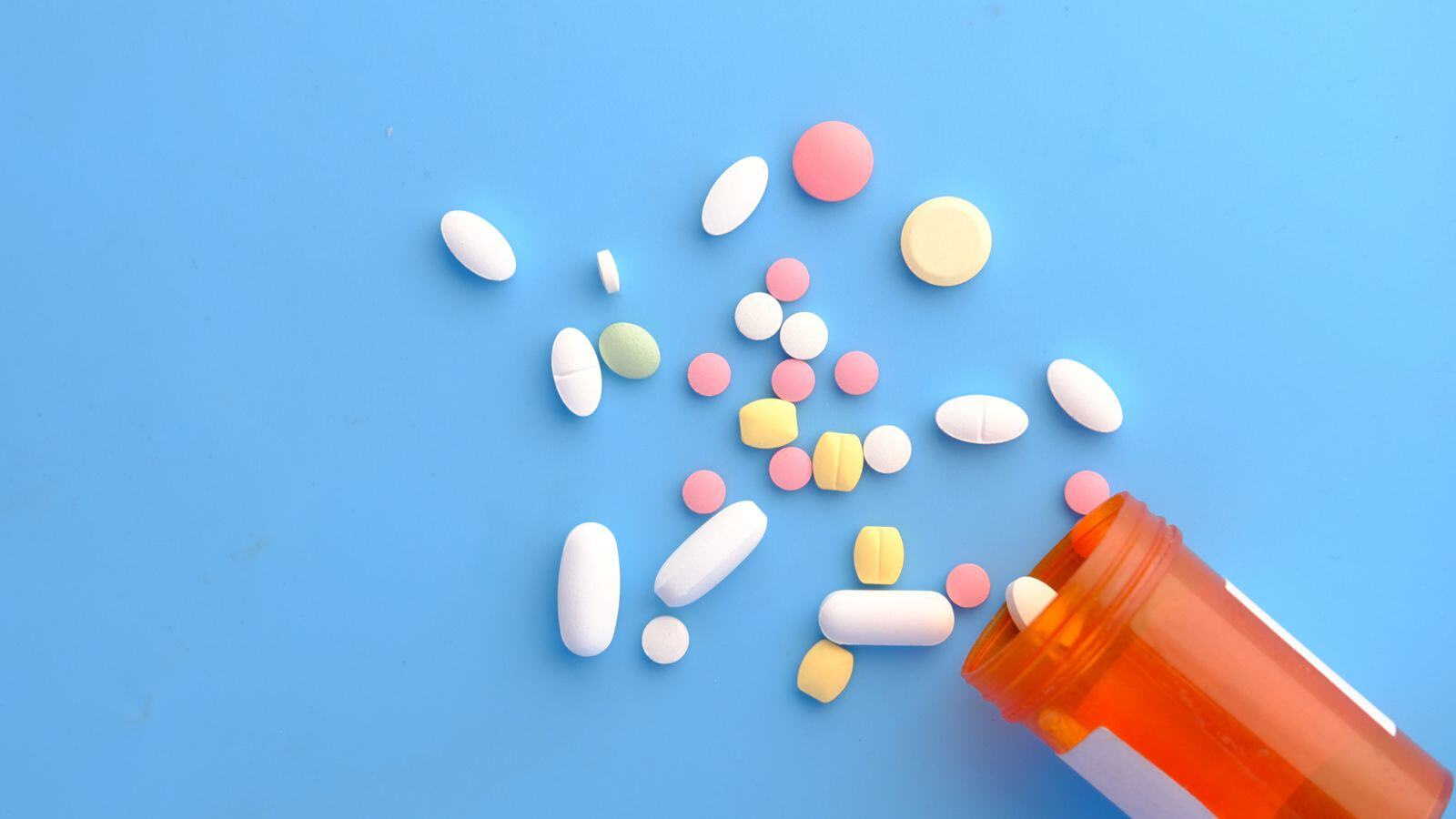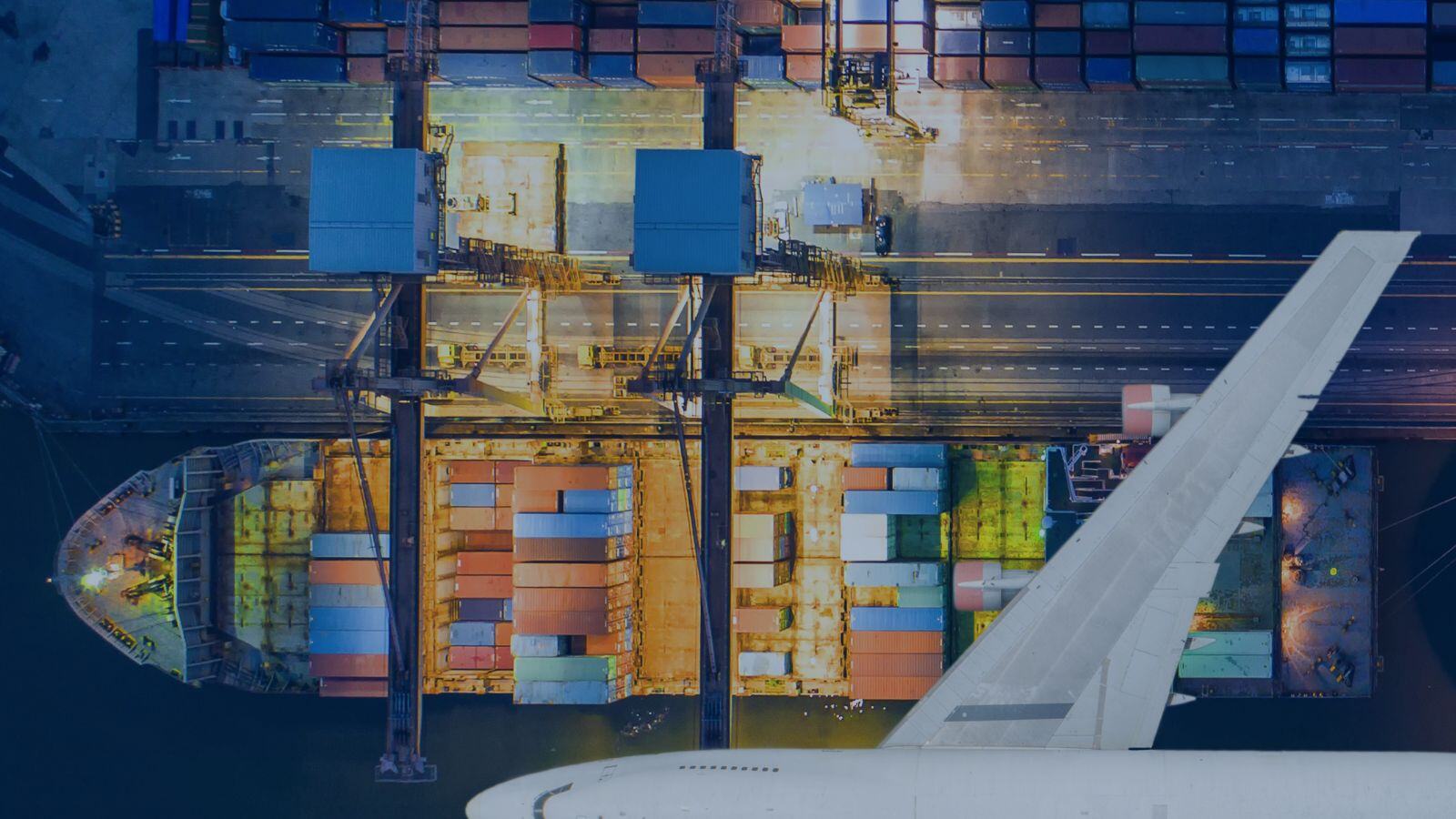With people, animals, and ecosystems more connected than ever, safeguarding animal health and veterinary treatments is essential. Veterinary pharmacovigilance plays a vital role in safeguarding global health by focusing on the detection, assessment, understanding, and prevention of adverse events of veterinary medicines.
By doing so, veterinary pharmacovigilance systems help prevent risks associated with the consumption of animal products, such as hazardous residues. They also contribute to the fight against antimicrobial resistance (AMR) and zoonoses.
Moreover, they support sustainability and effective public health policymaking, fully aligning with the One Health approach to promote a healthier and more balanced world.
This is where veterinary pharmacovigilance audits step into the spotlight.
What are veterinary pharmacovigilance audits?
With the implementation of the Veterinary Good Pharmacovigilance Practices (VGVP) guideline on January 2022, Marketing Authorisation Holders (MAHs) are required to establish a robust veterinary pharmacovigilance system. This system must be supported by a Quality Management System (QMS) that covers all related activities.
A cornerstone of this QMS is the periodic, risk-based audit. These veterinary PV audits help to:
- Systematically assess the effectiveness of the pharmacovigilance system
- Identify potential risks and areas for improvement
- Ensure compliance with local and international standards
- Promote continuous improvement through Corrective and Preventive Actions (CAPA)
- Evaluate the success of implemented CAPAs
The objective? To minimise risks and optimise the safety of veterinary medicinal products.
When should Veterinary PV Audits be conducted?
According to international standards, veterinary pharmacovigilance audits should be conducted regularly using a risk-based approach. This method evaluates the likelihood of events that could impact the pharmacovigilance system’s objectives, considering both the severity of potential consequences and the chance of non-detection through other controls.
Key factors for defining a risk-based audit programme include:
- Findings from previous inspections or evaluations
- The types of products on the market
- Specific characteristics of the MAH
- The structure and robustness of the veterinary PV system
While annual audits are generally recommended to maintain control, more frequent audits may be necessary in high-risk areas.
Veterinary pharmacovigilance audit process: 3 key steps
Veterinary PV audits follow a clear, structured methodology composed of three essential stages:
1. Planning and preparation
The audit begins by defining objectives and scope, assigning responsibilities, and identifying the documentation to be reviewed. Based on this, an agenda is prepared and sent to the audited organisation, which is asked to supply the required documents.
2. Execution
The audit proceeds according to the agenda, starting with an introductory meeting. It includes reviewing the submitted materials—such as documents, processes, and file storage—and conducting interviews with relevant personnel.
3. Reporting and CAPA plan
The final report outlines all observations and categorises findings such as Critical, Major, Minor, or Recommendations in line with regulatory guidelines. For each issue, a tailored CAPA plan is created that specifies the classification, proposed actions, completion timeline, and closure date.
Why veterinary pharmacovigilance audits matter more than ever
The global veterinary pharmacovigilance market was valued at USD 702.07 million in 2022 and is projected to grow rapidly. Several factors are driving this expansion:
- Rising numbers of veterinary drug approvals
- Increased public and professional awareness of veterinary drug safety
- Greater demand for veterinary medicinal product (VMP) reporting
- Tighter regulatory frameworks and compliance requirements
- More frequent inspections from competent authorities
As more veterinary medicines enter the market, safeguarding their safety is essential. Regulatory bodies, including the EMA, have issued stricter guidelines, such as the VGVP, reinforcing the central role of veterinary pharmacovigilance audits.
Common challenges in veterinary pharmacovigilance audits
While essential, veterinary PV audits also present several challenges:
Diversity of species and treatments
The wide variety of animals and veterinary medicines complicates adverse event identification.
Regulatory fragmentation
Differences in veterinary PV regulations between countries and compared to human medicine add complexity, requiring a high level of expertise.
Need for auditor independence
The VGVP emphasises the importance of independent auditors, which can be challenging for smaller organisations with limited resources.
These challenges highlight just how specialised veterinary pharmacovigilance has become. Conducting meaningful, compliant audits requires not only technical knowledge but also practical experience navigating regulatory nuances.
That’s why expert guidance can make all the difference—ensuring your system isn’t just compliant on paper but genuinely robust in practice.
Is your Quality Management System ready for veterinary pharmacovigilance?
At QbD Group, we bring together deep expertise in Veterinary Science and Pharmacovigilance to provide comprehensive audits and tailored solutions. Our support helps you comply with regulations, protect product quality, and promote animal health.
We strongly recommend the appointment of independent, experienced auditors in veterinary pharmacovigilance. This reinforces the objectivity and credibility of your processes—not just for regulators but also for companies, veterinarians, and animal owners.
Maintaining impartiality in audits strengthens trust in your pharmacovigilance system, contributing to a more transparent, effective, and secure veterinary medicine landscape.
By adhering to the highest legal, ethical, and professional standards, we support a safer and more trusted global veterinary pharmaceutical environment.
Interested in strengthening your pharmacovigilance system?







.png?width=109&height=108&name=Pharma%20(2).png)
.png?width=111&height=108&name=Medical%20Devices%20(2).png)
.png?width=84&height=107&name=IVD%20(2).png)
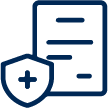
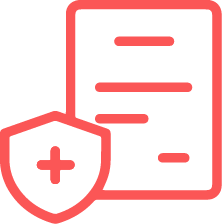
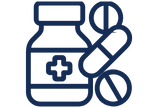
.png)


